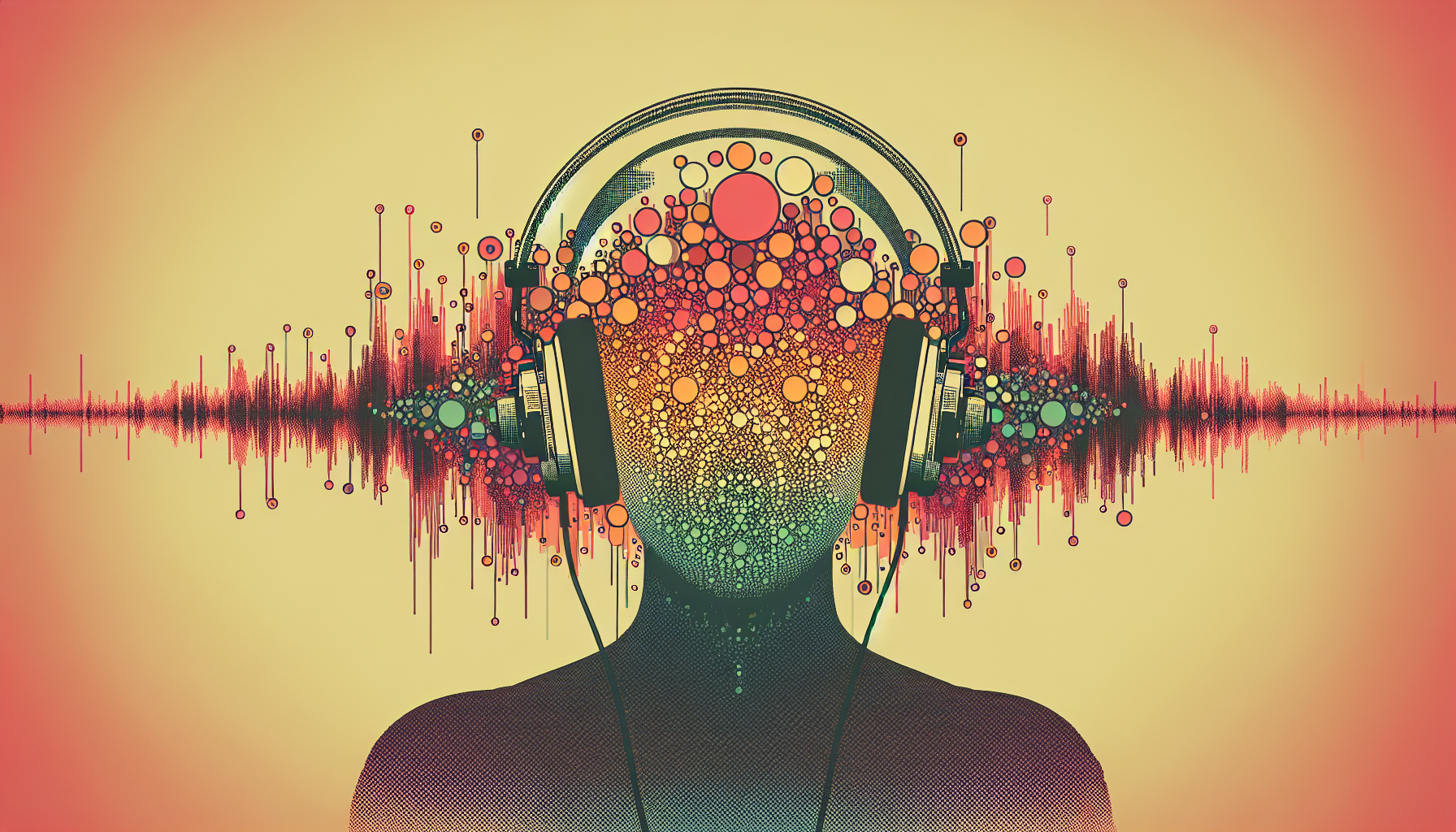In an exciting leap forward for audio technology, researchers at the University of Washington have crafted groundbreaking headphone prototypes that harness artificial intelligence (AI) to envelop the listener in a “sound bubble.” This innovative advance allows people to hear conversations clearly within a close range while fading away the chaotic background noise from further away.
The Sound Bubble Concept
Imagine a personal auditory zone where sounds within 3 to 6 feet are enhanced, and those beyond this boundary are muffled. This is the essence of the “sound bubble.” By using a blend of multiple microphones and sophisticated AI algorithms, these headphones achieve this unique function. Six miniature microphones, seamlessly integrated into the headband, capture sounds from every direction. Instantly, a built-in computer employs a neural network to map the location of each sound source.
Real-Time Sound Processing
The AI swiftly evaluates the distance of each sound, processing the details in a mere 8 milliseconds. This rapid transformation ensures nearby sounds are subtly amplified for clarity, while distant noises are hushed by an impressive 49 decibels. This noise reduction parallels the experience of switching from a vacuum cleaner’s roar to the gentle rustle of leaves, making distant distractions dissolve into the background.
Practical Applications
Such technology is immensely beneficial across numerous noisy environments, be it bustling offices, lively restaurants, or crowded public spaces. Picture yourself in a busy workplace: you can effectively engage in a conversation with a colleague without the constant hum of distant chatter clouding your focus. Similarly, in a restaurant, the sounds at your table remain in sharp focus, undisturbed by other diners’ conversations.
Semantic Hearing and Customizable Sound Filtering
Beyond the sound bubble, the researchers introduced “semantic hearing,” a feature that offers users the power to choose specific sounds to focus on. Through a smartphone app or voice commands, they can select from 20 sound categories—including sirens, baby cries, speech, or birdsong. The intelligent headphones, driven by AI, then keenly filter out all other background sounds, ensuring only the desired audio reaches your ears in real-time.
Technical Challenges and Solutions
One hurdle in this technological journey has been ensuring audio and visual experiences remain in sync. The AI algorithms must operate swiftly to prevent noticeable delays that could disrupt one’s natural perception. The team expertly navigated this by processing sounds on a connected smartphone, steering clear of slower cloud-based solutions. This choice guarantees real-time audio processing, taking place within just a hundredth of a second.
Future Developments
The visionary team at the University of Washington is now setting its sights on bringing these AI-driven headphones to the market. Extensive tests across various environments, including offices, city streets, and parks, have shown promising results. Although challenges, such as differentiating between similar sounds like songs and spoken words, remain, the team is optimistic. They believe these intelligent headphones could profoundly enrich human auditory experiences and elevate everyday life.
In essence, these pioneering AI-enhanced headphones, with their capacity to craft a “sound bubble,” signify a remarkable stride in audio technology. They offer listeners an opportunity to control and personalize their auditory environment amidst everyday noise. As this technology progresses, it promises to revolutionize how we communicate and focus, across diverse settings, significantly easing the burden of auditory distractions.

Leave a Reply